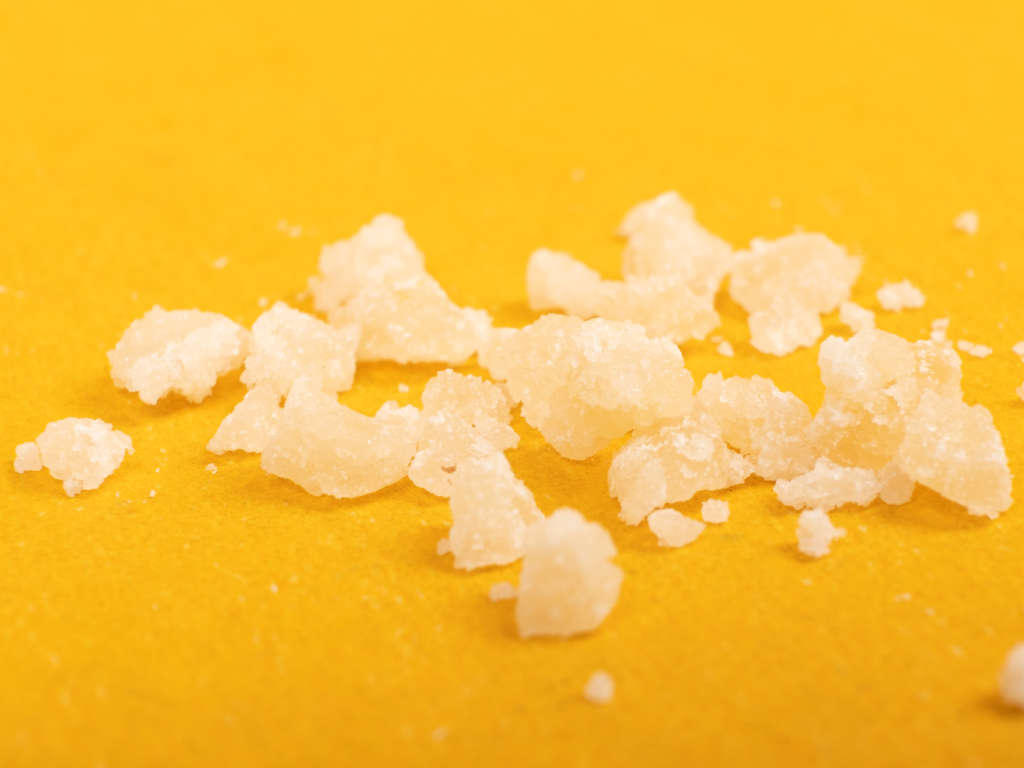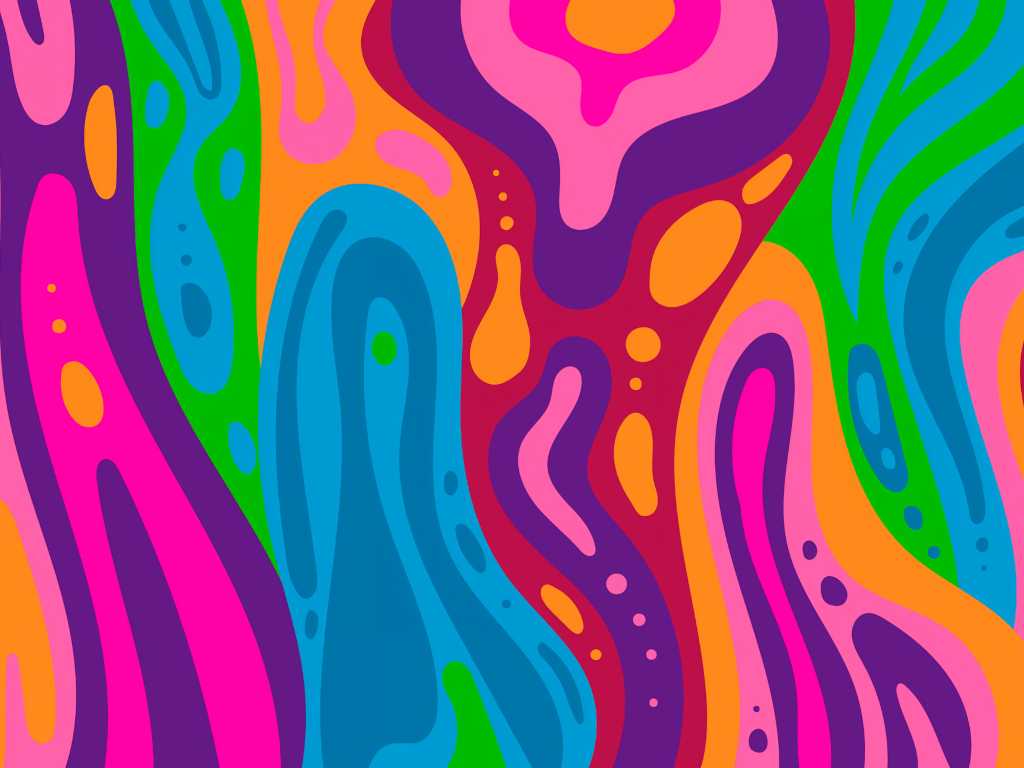Dissociative Anesthetics
Dissociative anesthetics are a class of psychedelic drugs, sometimes shortened to “dissociatives” and meaning detached from reality. They cause feelings of disconnection from the environment and self and distort sensory perception. This is different than narcotic analgesic drugs.
Two such dissociative drugs, phencyclidine (PCP) and ketamine, were originally developed as general anesthetics to be used for patients during surgery.
The effects that dissociative drugs produce varies depending on the dose and range from a mild stimulant effect to more serious results such as overdose or respiratory distress.
Types of Dissociative Drugs
Dextromethorphan
Dextromethorphan (DXM) is a common cough-suppressing ingredient used in over-the-counter cold and cough medicines that are sold in a syrup, spray, tablet, and lozenge forms.
When the cough suppressant is taken in high doses, users experience mind-altering effects in the body that are like those of phencyclidine or ketamine.
Cough Medications and Drug Abuse
Extra-strength cough syrup is the most common source of misused DXM, nicknamed robo, rojo, dex, skittles, triple C, tussin or velvet. Young persons are especially at risk from these medications which are typically in medicine cabinets in their homes and their friends’ homes.
Phencyclidine
Phencyclidine (PCP) was developed as an anesthetic in the 1950s. Due to the potential for serious adverse effects it was made illegal for use with humans in 1965 and animals in 1978.
A white crystal-like powder that dissolves in alcohol or water, it is easily mixed with dyes and is often sold on the illicit drug market in a variety of forms that are smoked, swallowed, or snorted. Users seeking its hallucinogenic effects call it killer weed, embalming fluid, angel dust, supergrass or rocket fuel.
Ketamine
Ketamine is a short-acting anesthetic with mind-altering results, sometimes used as a “date rape” drug. When sold illegally, ketamine usually comes as an off-white or white powder. It can also be dissolved in a liquid or made into pills.
Use of Ketamine is the source for “falling into a k-hole,” slang for the effect of a large dose of ketamine that impairs awareness to the extent the user is unable to interact with those around them.
Nitrous Oxide
Commonly used by medical health professionals or dentists to sedate patients undergoing minor medical procedures, this gas has been found to produce dissociation of the mind from the body (a sense of floating), distorted perceptions and, occasionally, visual hallucination.
Alcohol and popofol, the anesthetic blamed for pop star Michael Jackson’s death, are not dissociative anesthetics.
Side Effects Include Raised Blood Pressure
Low doses have these general effects:
- Nausea, dizziness, or vomiting
- Numbness
- Mind-altering effects such as feelings of detachment from yourself
- Dissociation from the environment
- Sense of being outside one’s body
- Increase in heart rate, blood pressure, body temperature and respiration
- Confusion, loss of coordination or disorientation
- Changes in sensory perceptions (such as sound, sight, time, shapes, and body image)
- Hallucinations
High Doses have these general effects:
- Physical distress such as dangerous changes in heart rate, body temperature, blood pressure, and respiration
- Hallucinations
- Psychological distress, including feelings of extreme fear, anxiety, panic, invulnerability, paranoia, aggression and exaggerated strength
- Memory loss
- Use with high doses of central nervous system depressants or alcohol may lead to respiratory distress or arrest, which could result in death
Dissociative effects produce feelings of drowsiness, slow ineffective breathing, respiratory depression, pain relief, increased heart rate, anesthesia, amnesia, and loss of muscle control, as well as cognitive and memory impairment.
Long-Term Use Effects
Long-term drug use of dissociative anesthetics, especially in high doses, can cause serious side effects.
Large, continuous doses of ketamine may cause “ketamine bladder syndrome,” a painful condition that requires long-term, ongoing treatment. Symptoms include difficulty holding urine and incontinence, which can cause ulceration in the bladder. It is essential that any person suffering from ketamine bladder syndrome cease using the drug and see a health professional.
Inhalation of nitrous oxide (nangs) is relatively harmless, but regular long-term use may cause a Vitamin B12 deficiency. This can cause some types of anemia or nerve damage.
Dissociative Drug Abuse
Like other chemical substances, dissociative drugs can be abused if not used as directed. Taking them frequently in large amounts to produce a “high” can damage the brain.
Signs of abuse include:
- Feeling that you have to use the drug regularly — daily or even several times a day
- Cutting back on recreational or social activities because of drug use
- Needing more of the drug to achieve the desired effects
Many dissociatives have a high risk for bad outcomes if taken in combination with other drugs. For example, if you take dissociative drugs with benzodiazepines, there can be dangerous effects. In rare cases slowed breathing and other impacts can cause lasting harm to users.
Addiction Care at La Hacienda Treatment Center

Addiction is a treatable disease which manifests itself in many complex physical, behavioral, psychological, and spiritual patterns. These symptoms affect not just the identified patient but also, in a very profound way, the entire family.
We further believe that once an individual develops the disease of chemical dependency, recovery can only occur if total abstinence is maintained from all mood/mind-altering chemicals unless competently prescribed. Continuing care follow-up and involvement in a 12-Step support program are essential to the recovery process.
La Hacienda Treatment Center has been helping people suffering from substances use disorders since 1972. We believe in making treatment accessible and are in network with most major insurance companies.
Phone (800) 749-6160 now and one of our dedicated admissions specialists will listen to you and help plan the next steps on the road to recovery.

PCP
PCP was developed in the 1950s as a general anesthetic, according to the National Institute of Drug Abuse. It comes in a variety of forms, but white crystal powder or liquid are the most common.

Nitrous Oxide
Nitrous oxide is a dissociative anaesthetic and has been found to produce a sense of floating, distorted perceptions and in rare cases, visual hallucination.

Deliriant
Due to their primary effect of causing delirium, the term deliriants was coined in the early 1980s to distinguish these hallucinogens from psychedelics and dissociative drugs such as LSD and ketamine.

Hallucinogen
A hallucinogen is a psychoactive drug that usually causes hallucinations and other substantial subjective changes in emotions, thoughts, and consciousness.



